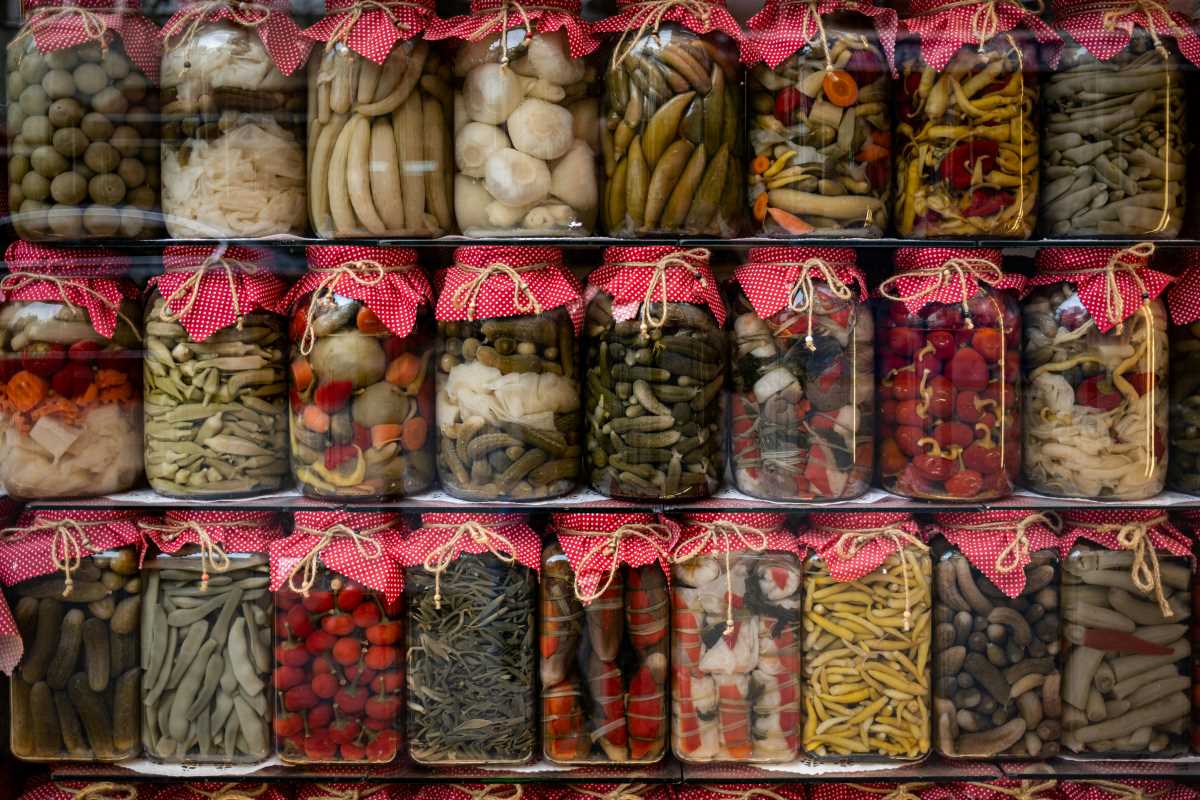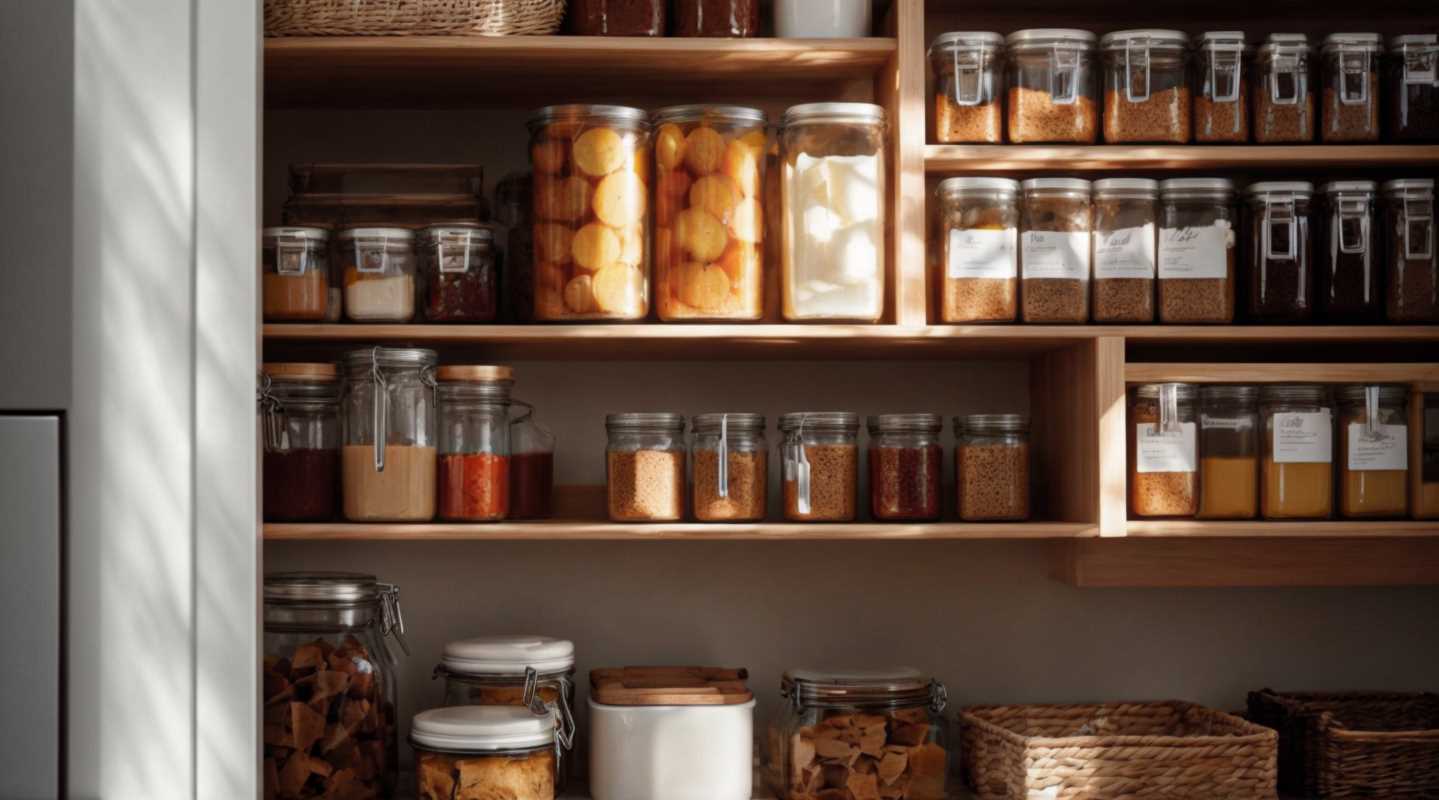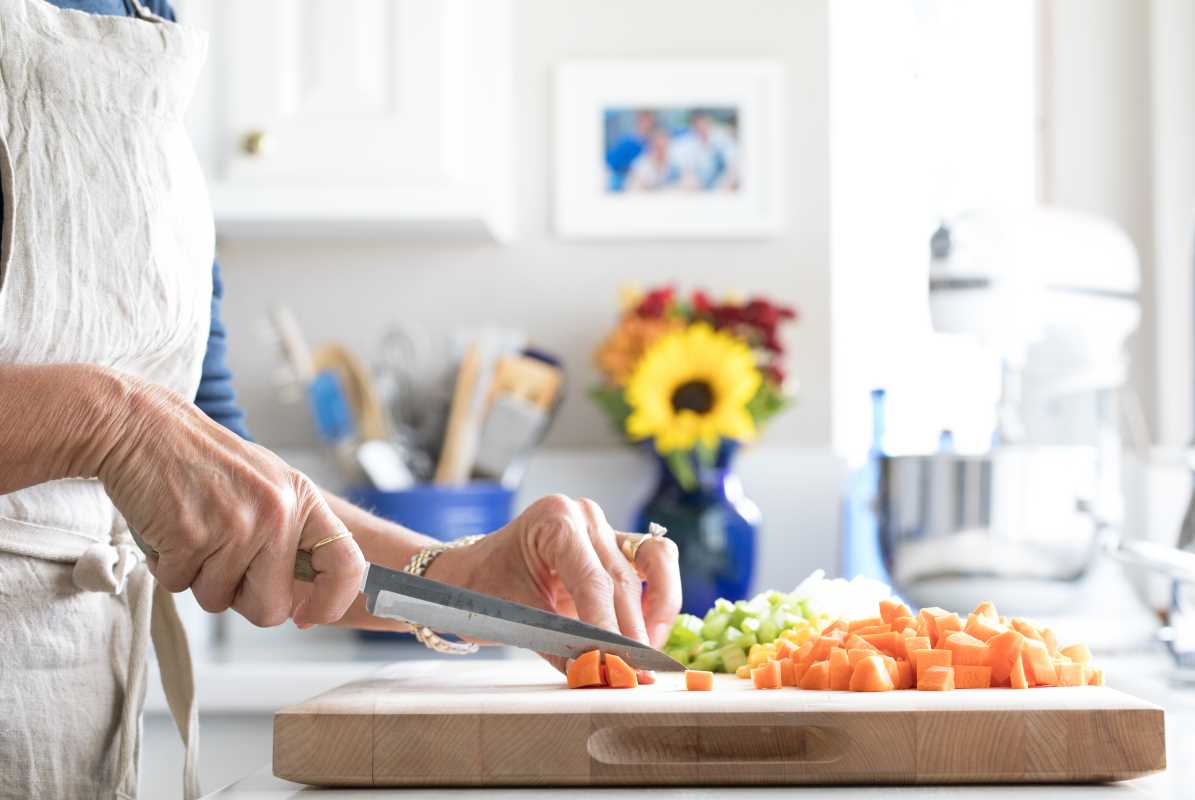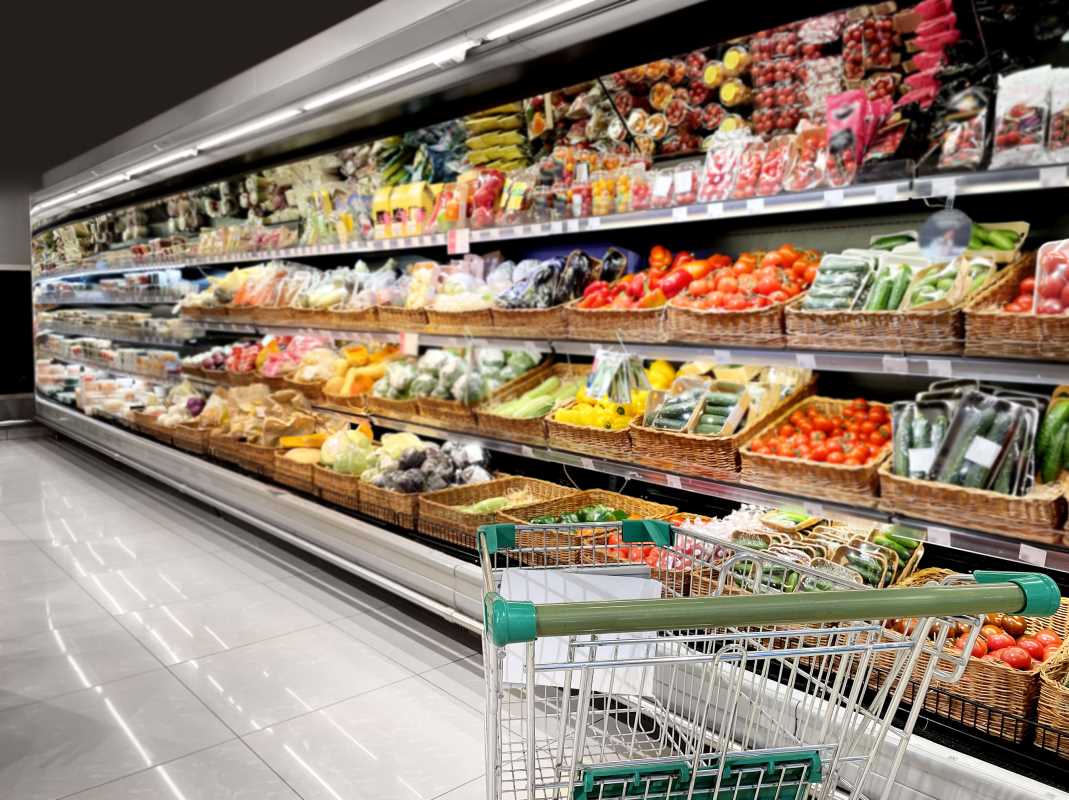Many have discovered the joy of making their own jams and pickles, turning it into a cherished hobby that goes beyond just enjoying tasty treats. Delving into the world of homemade preserves allows you to savor the rich, vibrant flavors of fruits and vegetables throughout the year, while also reducing food waste in the process. When you choose sustainable preservation techniques, you ensure that each jar you create is not only a delight to the palate but also a respectful nod to our planet's well-being. Every carefully sealed jar becomes a symbol of thoughtful and conscious living.
The Art of Artisanal Preservation
Artisanal preservation involves traditional methods of conserving food that prioritize quality, flavor, and sustainability. Unlike mass-produced alternatives, artisanal techniques focus on small-batch production, often using organic and locally sourced ingredients.
- Fermentation: Use beneficial bacteria to enhance flavors and extend shelf life.
- Sun Canning: Utilize the power of the sun to safely preserve produce without electricity.
- Cold Canning: Preserve foods at lower temperatures to maintain natural textures and nutrients.
- Dehydration: Remove moisture to inhibit bacterial growth, perfect for fruits and vegetables.
Eco-Friendly Benefits of Homemade Jams and Pickles
Choosing to make your own preserves has a significant positive impact on the environment. By controlling the ingredients and processes, you minimize your carbon footprint and support sustainable practices.
- Reduced Packaging Waste: Reuse glass jars to decrease the demand for single-use containers.
- Lower Carbon Footprint: Source ingredients locally to cut down on transportation emissions.
- Minimized Food Waste: Preserve surplus produce to help ensure nothing goes to waste.
- Energy Efficiency: Techniques like sun canning use natural energy sources, conserving electricity.
Getting Started: Essential Tools and Ingredients
Starting your artisanal preservation journey requires a few key tools and ingredients. Using the right equipment ensures a smooth and successful preservation process.
You'll need glass jars with airtight lids, a good set of measuring spoons and cups, a reliable canning pot, and a thermometer to monitor temperatures. For ingredients, prioritize organic fruits and vegetables, natural sweeteners like honey or maple syrup, and sustainable spices sourced from local markets or eco-friendly suppliers.
Step-by-Step Guide to Crafting Your Own Jams and Pickles
Making jams and pickles at home is both rewarding and straightforward. Follow these steps to create your own sustainable preserves:
For Jams:
- Wash and prepare your chosen fruits by removing any stems or pits.
- In a large pot, combine the fruit with your natural sweetener and a bit of lemon juice to enhance flavor.
- Bring the mixture to a boil, stirring frequently to prevent sticking.
- Once thickened, pour the hot jam into sterilized jars, sealing them tightly.
- Allow the jars to cool completely before storing in a cool, dark place.
For Pickles:
- Slice or chop your vegetables to the desired size.
- Prepare a brine with water, vinegar, salt, and your favorite sustainable spices.
- Heat the brine until it dissolves the salt, then pour it over the vegetables in sterilized jars.
- Seal the jars and let them sit in the refrigerator for at least a week to develop flavors.
- Enjoy your homemade pickles as a tasty, eco-friendly addition to any meal.
Remember to always sterilize your jars and maintain cleanliness throughout the process to ensure the safety and longevity of your preserves.
Exploring Seasonal Varieties and Flavors
One of the joys of artisanal preservation is the ability to experiment with seasonal produce, creating unique and flavorful preserves that reflect the best of each season. Try combining summer berries for a vibrant jam or mixing autumn vegetables for savory pickles. Embrace the diversity of flavors and explore new combinations to keep your preserves exciting and varied. For more inspiration, consider mastering the art of dehydrating seasonal fruits for long-lasting zero-waste snacks, adding another layer of sustainability to your culinary repertoire.
By tailoring your preserves to the seasons, you not only enjoy peak flavors but also support local agriculture and reduce the environmental impact associated with out-of-season produce. This approach builds a deeper connection with the natural cycles and enhances the sustainability of your preservation practices.
Using seasonal ingredients ensures that your preservation efforts align with eco-friendly principles, promoting a healthier planet while delighting your taste buds with fresh and vibrant flavors.
Sustainable artisanal preservation empowers you to make mindful food choices, reduce waste, and positively impact the environment. Embrace a lifestyle of quality and sustainability with homemade jams and pickles, and start making a difference today.
 (Image via
(Image via





